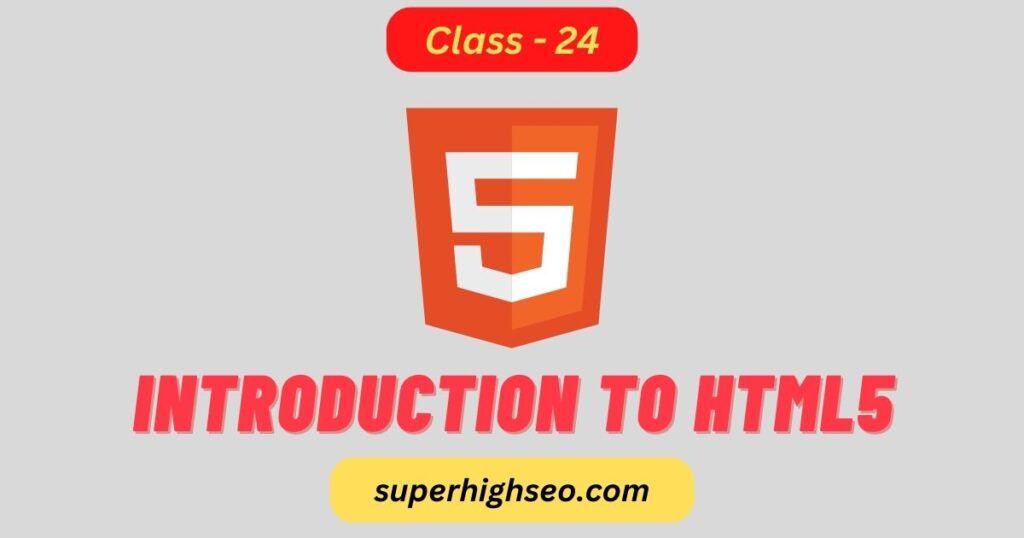
HTML (HyperText Markup Language) is the standard language for creating web pages and applications. It provides a structure for the content on a web page and defines how the content should be displayed to the user.
HTML5 is the latest version of HTML and includes new elements, attributes, and APIs to create more interactive and multimedia-rich web pages. It also improves the semantics of the language and makes it easier to develop web applications.
Here are some of the key features of HTML5:
Improved Semantics
HTML5 provides new semantic elements, such as header, footer, article, and section, to better define the structure of a web page.
Multimedia Elements
HTML5 includes new multimedia elements, such as audio and video, to allow you to embed audio and video directly into a web page.
Canvas Element
HTML5 introduces the canvas element, which allows you to create dynamic graphics and animations using JavaScript.
Local Storage
HTML5 provides local storage, allowing you to store data on the client’s device so it can be retrieved later even if the user is offline.
Geolocation API
HTML5 provides a Geolocation API, which allows you to access the user’s location information, providing a more personalized experience.
Form Improvements
HTML5 includes new form controls, such as date pickers and search fields, making validating forms easier using built-in validation constraints.
In this tutorial, we will be introducing HTML5 and covering the basics of HTML5 to get you started with creating your web pages.
